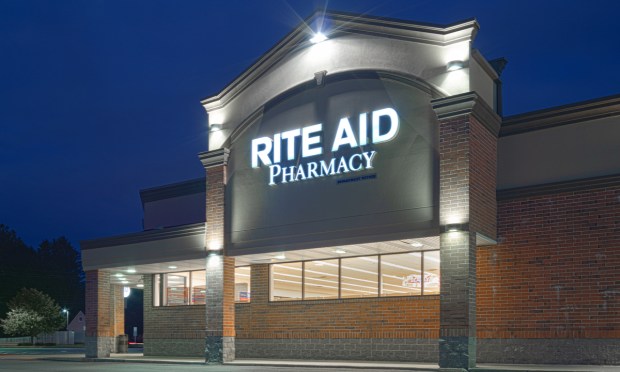Rite Aid Rides Ozempic Wave but Fails to Profit

During its fiscal first quarter, Rite Aid reported a boost in pharmacy sales, attributed to the introduction of a new category of drugs.
Pharmacy sales rose 3.4% year over year, fueled by the demand for Ozempic and other GLP-1 receptor agonists. These medications are prescribed for managing Type 2 diabetes and addressing obesity.
Although sales improved, the company did not experience a proportional increase in profitability.
“As the cost of these drugs is also high, the impact of the increase in volume of these drugs on our gross profit dollars is minimal,” Matthew Schroeder, Rite Aid’s CFO, said during the retailer’s earnings call on Thursday (June 29).
Despite the lack of profit, Rite Aid revised its full-year revenue guidance due to the demand for Ozempic and other high-value GLP-1 drugs. The company now anticipates revenue between $22.6 billion and $23 billion for the fiscal year.
The Ozempic Phenomenon
The demand for glucagon-like peptide 1 (GLP-1) drugs, including Ozempic, Wegovy, Rybelsus and Mounjaro, which are injectable medications that mimic the functions of GLP-1, a gut hormone responsible for regulating blood sugar levels and reducing appetite, has jumped in the U.S., resulting in occasional supply shortages. U.S. Food and Drug Administration (FDA) has issued warnings to patients, urging them to avoid using counterfeit versions of these drugs or alternatives in hopes for the same effects.
On TikTok, Ozempic has garnered over 1.7 billion views, with creators either promoting their results from the drug or variations of it or alternatives (aka dupes) that can potentially provide the same results. One of those alternatives is said to be Berberine, often referred to as “nature’s Ozempic.”
The FDA has authorized the use of Ozempic, Rybelsus, and Mounjaro for treating Type 2 diabetes. Wegovy has gained approval for individuals who are obese and for those who have excessive weight accompanied by weight-related medical conditions.
Data and analytics firm Komodo Health reported a surge in the number of prescriptions for weight management drugs, exceeding 5 million in 2022 from 230,000 in 2019.
According to a report by Morgan Stanley last year, the market for obesity drugs is projected to grow to $54 billion by 2030 from $2.4 billion in 2022. Recent reports emphasizing the potential advantages of GLP-1 drugs in addressing addictive behaviors such as smoking and drinking have sparked increased interest in these medications.
Pharmaceutical companies, such as Lilly and Pfizer, are developing pill-based alternatives to injectable medications.
Focusing on Strengths and What’s Controllable (i.e. Won’t Shrink)
While acknowledging a cautious consumer sentiment on the OTC side of things, Rite Aid remains committed to focusing on factors within its control. They are optimizing store assortment, refining pricing strategies, and implementing targeted marketing initiatives.
When asked about shrink, Rite Aid noted an increase of about $9 million in the quarter year over year. This issue reflects a common challenge within the industry. The company has taken steps to address this challenge, such as closing stores in areas with low performance and investing in security measures. With the recent leadership change, Rite Aid aims to approach this issue with fresh perspectives and ideas.
Rite Aid by the Numbers
Rite Aid’s reported quarterly revenues of $5.7 billion, down from $6 billion last year. Retail comparable same-store prescriptions rose 4.7%, 7.4% when excluding the impact of COVID-19.
However, the company reported a net loss of $306.7 million compared to the net loss of $110.2 million in the prior year. This can be largely attributed to a goodwill impairment charge at Elixir. Rite Aid’s adjusted EBITDA for the quarter was $91.7 million, a decrease year over year from $100.1 million.
“Our first quarter results were driven by strong script growth, solid pharmacy margins and early progress with our turnaround program, which offset underperformance on front-end sales in the Retail Pharmacy Segment and a higher-than-expected medical loss ratio at Elixir Insurance,” said Elizabeth “Busy” Burr, interim chief executive officer in a statement.
“Importantly, we made good progress on turnaround initiatives across key areas of the business, and we continue to believe we are on track to achieve adjusted EBITDA growth in fiscal years 2025 and 2026.”

